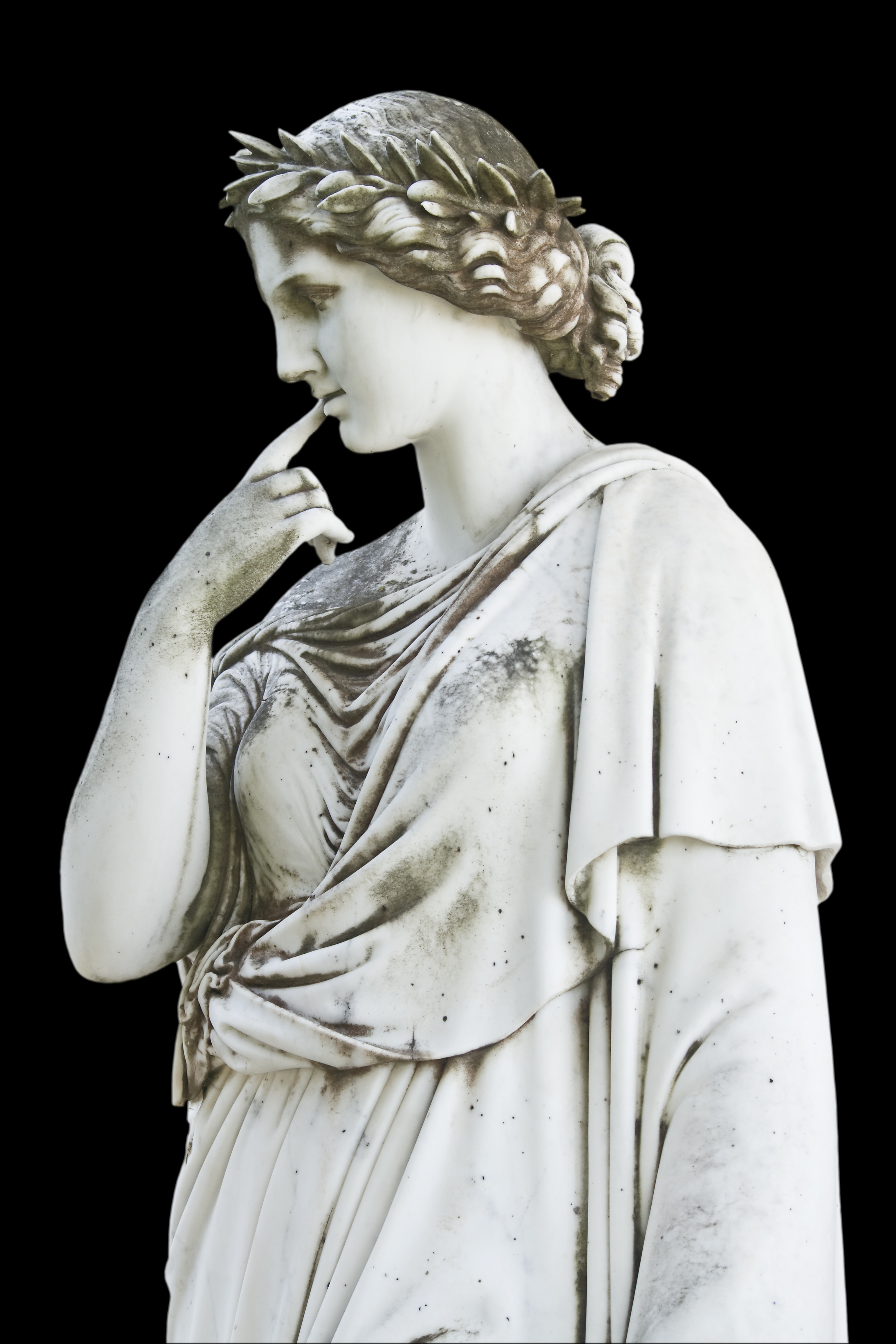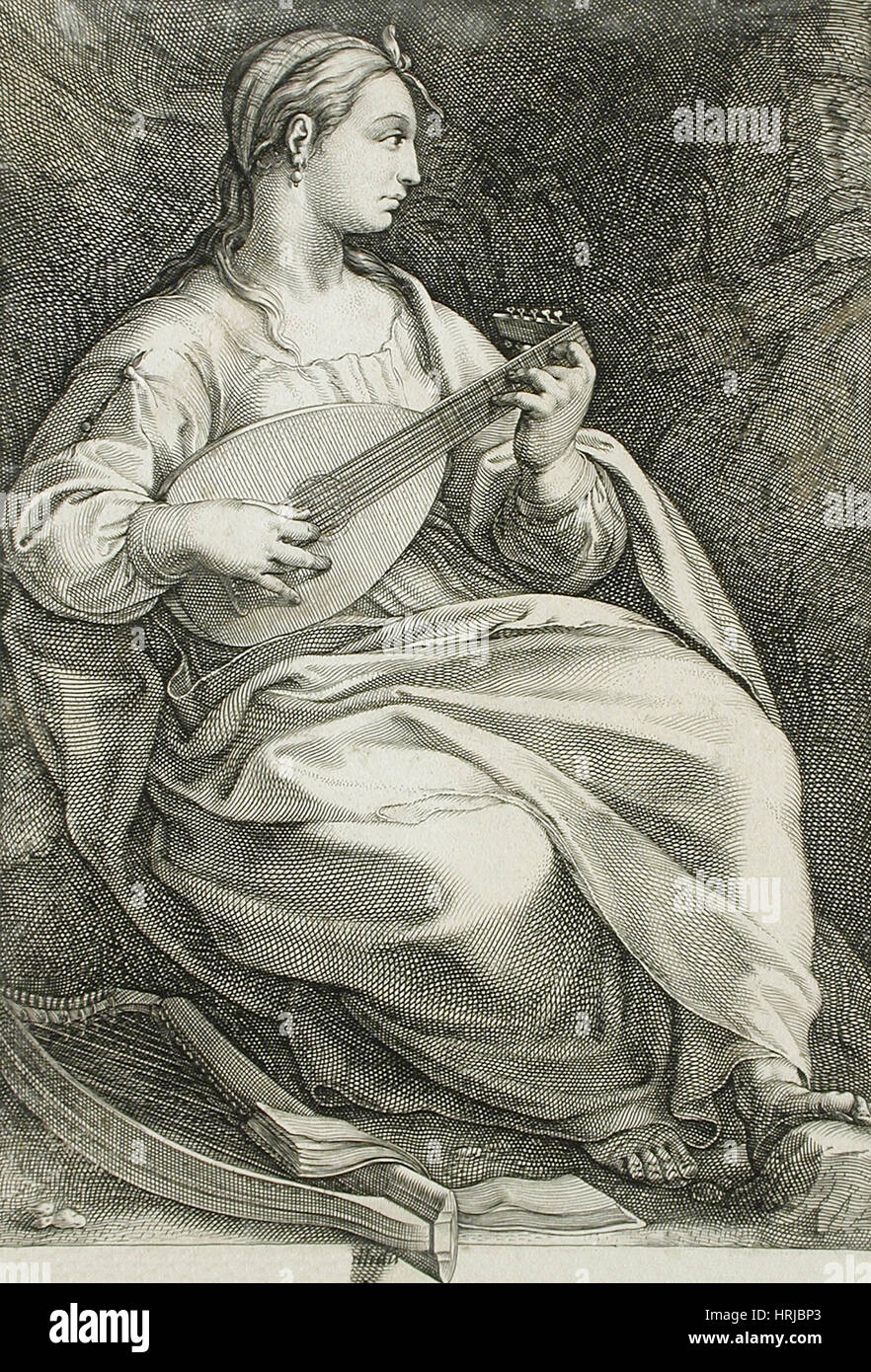

It is the hypothetical source of/evidence for its existence is provided by: Sanskrit manas- "mind, spirit," matih "thought," munih "sage, seer " Avestan manah- "mind, spirit " Greek memona "I yearn," mania "madness," mantis "one who divines, prophet, seer " Latin mens "mind, understanding, reason," memini "I remember," mentio "remembrance " Lithuanian mintis "thought, idea," Old Church Slavonic mineti "to believe, think," Russian pamjat "memory " Gothic gamunds, Old English gemynd "memory, remembrance conscious mind, intellect. It forms all or part of: admonish Ahura Mazda ament amentia amnesia amnesty anamnesis anamnestic automatic automaton balletomane comment compos mentis dement demonstrate Eumenides idiomatic maenad -mancy mandarin mania maniac manic mantic mantis mantra memento mens rea mental mention mentor mind Minerva minnesinger mnemonic Mnemosyne money monition monitor monster monument mosaic Muse museum music muster premonition reminiscence reminiscent summon. Internet Archive.Proto-Indo-European root meaning "to think," with derivatives referring to qualities and states of mind or thought. Online version at the Perseus Digital Library. Evelyn-White, Cambridge, Massachusetts, Harvard University Press London, William Heinemann Ltd., 1914.

Terpsichore (1612) is the title of a large collection of dance tunes collected by Michael Praetorius, some originating with Pierre-Francisque Caroubel and some later adapted for wind ensemble by Bob Margolis.Terpsichore was the name of the fifth book. When The Histories of Herodotus were divided by later editors into nine books, each book was named after a Muse.The British 32-gun frigate HMS Terpsichore (1785) commanded by Captain Bowen participated in the Battle of Santa Cruz de Tenerife (1797).In popular culture Terpsichore, Muse of Music and ballet, an oil-on-canvas painting by Jean-Marc Nattier (1739) Historical According to the Byzantine scholar Eustathius, Terpsichore was the mother of the Thracian king Rhesus by the river god Strymon. The Etymologicum Magnum mentions her as the mother of the Thracian king Biston by Ares. Īccording to Apollonius of Rhodes, Terpsichore was the mother of the Sirens by the river god Achelous.

Hesiod and Ovid called her the 'Chief of all Muses'. 'beautiful-voiced') is the Muse who presides over eloquence and epic poetry so called from the ecstatic harmony of her voice. Her name comes from the Greek words τέρπω ("delight") and χoρός ("dance").Īccording to Hesiod's Theogony, Zeus lay with the Titan Mnemosyne each night for nine nights in Piera, producing the nine Muses. In Greek mythology, Calliope ( / kla.pi / k-LY-pee Ancient Greek:, romanized : Kallip, lit. Terpsichore is usually depicted sitting down, holding a lyre, accompanying the dancers' choirs with her music. She lends her name to the word " terpsichorean", which means "of or relating to dance". In Greek mythology, Terpsichore ( / t ər p ˈ s ɪ k ər iː/ Greek: Τερψιχόρη, "delight in dancing") is one of the nine Muses and goddess of dance and chorus. Terpsichore on an antique fresco from Pompeii Greek statue of Terpsichore from Hadrian's villa, presently at the Prado Museum ( Madrid)Įuterpe, Polyhymnia, Urania, Clio, Erato, Thalia, Calliope, Melpomene


 0 kommentar(er)
0 kommentar(er)
